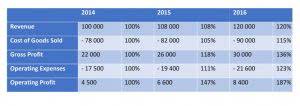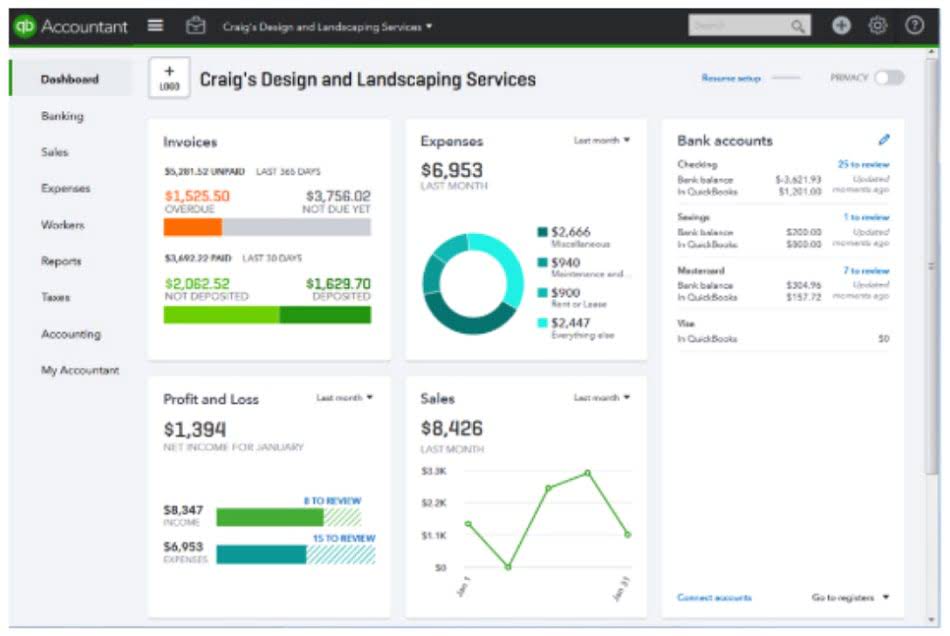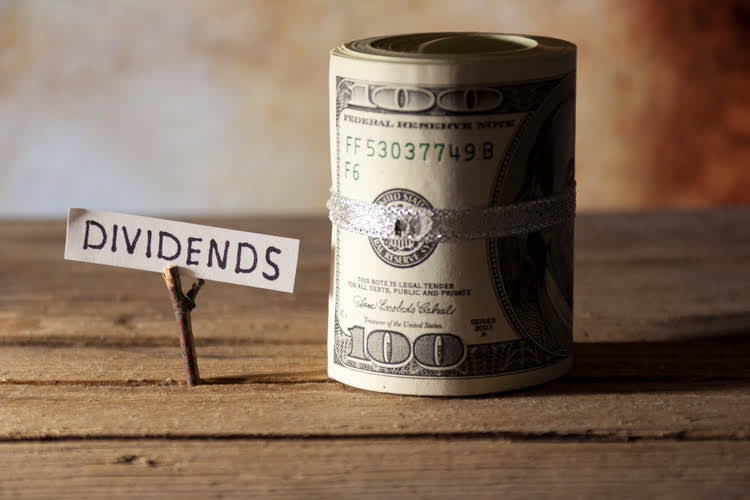
Incremental cost refers to the change in total cost that occurs as a result of producing or consuming one additional unit of a good or service. It helps businesses and individuals make informed choices by considering the additional costs incurred and the potential benefits gained. Analyzing production volumes and the incremental costs can help companies achieve economies of scale to optimize production. Economies of scale occur when increasing production leads to lower Restaurant Cash Flow Management costs since the costs are spread out over a larger number of goods being produced. In other words, the average cost per unit declines as production increases. The fixed costs don’t usually change when incremental costs are added, meaning the cost of the equipment doesn’t fluctuate with production volumes.
- It’s the cost incurred beyond the status quo—a shift from the familiar to the slightly altered.
- Costs are determined differently by each organization according to its overhead cost structure.
- Long-run incremental cost (LRIC) is a forward-looking cost concept that predicts likely changes in relevant costs in the long run.
- With that information, management can make better-informed decisions that can affect profitability.
- Discounted cash flow (DCF) analysis helps quantify the present value of future earnings, ensuring projected returns exceed the cost of capital.
Understanding Incremental Analysis
Incremental costs, also known as marginal costs, represent the additional expenses incurred when a company makes a specific decision or takes a particular action. These costs are directly related to the change being considered and are contrasted with sunk costs, which are already incurred and cannot be recovered. When businesses expand operations or launch new projects, several cost components contribute to the total increase in expenses. These include direct costs such as materials and labor, as well as indirect costs that rise with higher production levels. Understanding these elements helps businesses estimate financial impact and make informed decisions. Incremental cost is how much money it would cost a company to make an additional unit of product.

Calculating incremental cost
It also helps a firm decide whether to manufacture a good or purchase it elsewhere. Getting all relevant information about your operational expenses lets you know whether you are in the right financial state to cover additional production costs before starting any project. Incremental cost analysis will save you from engaging in unprofitable business ventures that can ultimately damage your financial state. Let us assume you are in the shirt manufacturing business and spend $100,000 to make 10,000 shirts. Now, let’s say you are considering expanding your production capacity for maximum raw materials, labor, and location utilization.
Incremental Cost: How to Calculate and Use It for Decision Making and Cost Benefit Analysis

If the long-run predicted cost of the raw materials is expected to rise, then electric vehicle prices will likely be higher in the future. The attempt to calculate and accurately predict such costs assist a company in making future investment decisions that can increase revenue and reduce costs. Incremental revenue is compared to baseline revenue to determine a company’s return on investment. The two calculations for incremental revenue and incremental cost are thus essential to determine the company’s profitability when production output is expanded. Incremental cost is usually computed by manufacturing entities as a process in short-term decision-making.

- It has lowered as some of your fixed costs have already been covered by your normal production volume.
- In other words, incremental costs are solely dependent on production volume.
- Getting all relevant information about your operational expenses lets you know whether you are in the right financial state to cover additional production costs before starting any project.
- This way, companies develop a realistic production roadmap, with an exact number of goods to be produced and the pricing per unit, to achieve profit goals in a business quarter.
- This happens in the real world as prices of raw materials change depending on the quantity bought from suppliers.
- But the incremental benefit—customer retention and word-of-mouth marketing—far outweighs this cost.
Always weigh incremental costs against potential benefits and align them with your goals. Remember, incremental cost isn’t just about numbers; it’s about informed choices. Whether you’re optimizing production, launching a new product, or allocating resources, understanding incremental cost empowers better decision-making.

Incremental analysis is useful when a company works on its business strategies, including the decision to self-produce or outsource a process, job, or function. Incremental analysis is a decision-making tool used in business to incremental costs are always: determine the true cost difference between alternative business opportunities. Procuring higher volumes of materials may strain supplier relationships, leading to renegotiated contracts or delays.
- Assuming a manufacturing company, ABC Ltd. has a production unit where the cost incurred in making 100 units of a product X is ₹ 2,000.
- As the name suggests, both are meant to calculate the cost and revenue for extra or addition production of goods and services.
- As output rises, cost per unit decreases, and profitability increases.
- It characterizes the added costs that might not exist if an extra unit was not produced.
- Suppose a manufacturing company is contemplating expanding its production capacity.
Businesses must balance short-term cash flow needs with long-term growth objectives to ensure liquidity remains sufficient for operational expenses. Discover the key financial, operational, and strategic traits that make a company an ideal Leveraged Buyout (LBO) candidate in this comprehensive guide. In the realm of entrepreneurial ventures, optimizing operational costs is paramount.
Benefits of Incremental Cost Analysis
Incremental cost is calculated by analyzing the additional expenses involved in the production process, such as raw materials, for one additional unit of production. Understanding incremental costs can help companies boost production normal balance efficiency and profitability. Before we dive into the examples, let’s briefly recap what incremental costs are.
